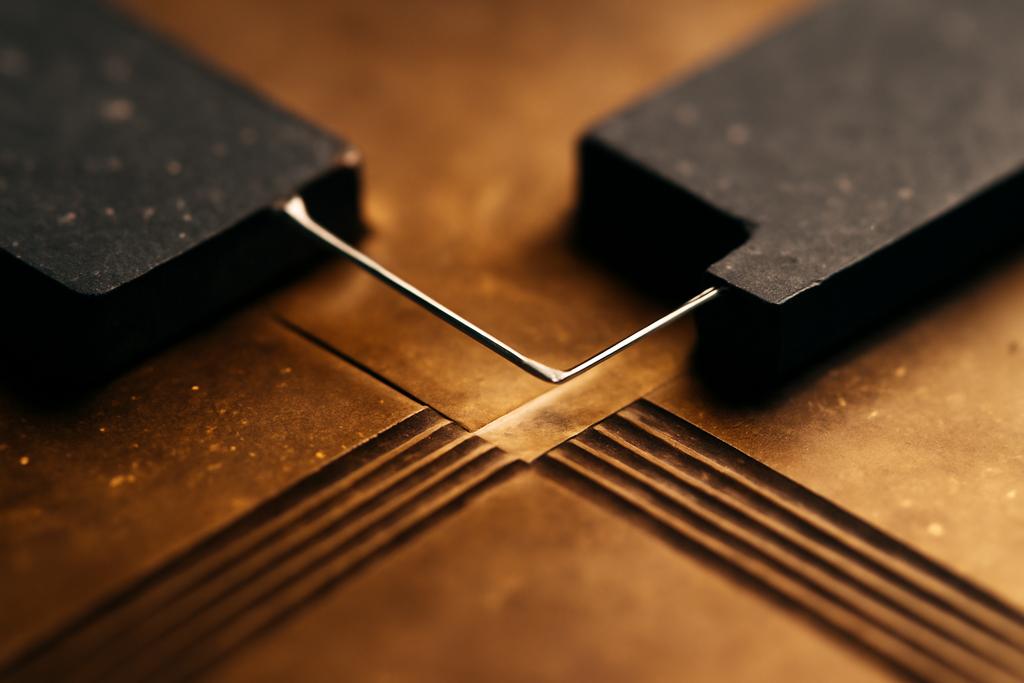The team behind this work hails from CNRS and a constellation of French and Spanish institutions. At the Laboratoire de Physique de la Matière Condensée (LPMC) within École Polytechnique and the Institut Polytechnique de Paris, researchers led by Loïc Bretheau and Jean-Damien Pillet have devised a fresh, all aluminum route to Josephson junctions that host a small set of highly transparent conduction channels. In plain terms, they built a tiny, stubbornly efficient bridge for superconducting electrons using standard fabrication tools you can find in many cleanrooms. The punchline is simple but surprisingly powerful: a few bright channels can tilt the junction away from a bland cos φ toward a richer cosines family that unlocks new quantum possibilities.
Josephson junctions have long been the workhorse of superconducting quantum circuits. The classic tunnel junction carries a supercurrent governed by a cosine of the superconducting phase difference φ, a nonlinearity that underpins qubits, amplifiers, and many microwave devices. The catch is that in ordinary tunnel junctions, a vast chorus of minuscule transmission channels averages out higher harmonics, leaving a clean cos φ landscape. When a handful of channels transmit well, those higher harmonics cos(nφ) can no longer be ignored. They open doors to more exotic, potentially more robust quantum components. The study weaves a practical thread through this physics and then stitches it into a blueprint for building what could be a parity protected qubit using only aluminum and standard fabrication tricks.
The people behind the study emphasize a practical milestone: the fabrication of pinhole Josephson junctions, or pinJJs, using only aluminum and predictable processing steps. The work was conducted by researchers at CNRS’s Laboratoire de Physique de la Matière Condensée (LPMC) at École Polytechnique / Institut Polytechnique de Paris, with senior authors Loïc Bretheau and Jean-Damien Pillet steering the effort. This is not a one-off curiosity. The approach scales to hundreds or thousands of devices on a single chip, all made with the same cleanroom recipes that power modern electronics labs. In other words, it is engineering as a force multiplier for quantum hardware, not just a one-off trick in a single wafer.
Beyond the fabrication trick, the paper makes a clear argument about why this matters. If you can identify and quantify the well transmitted channels in a pinJJ, you can tailor the Josephson potential to host higher harmonics and, in favorable geometries, drive the device toward a cos(2φ) regime. That is the gateway to parity protected qubits, where certain kinds of quantum errors are intrinsically suppressed by the circuit’s symmetry. The path from a clever fabrication to a robust qubit design is the kind of arc that makes researchers optimistic about building more scalable, noise-resilient quantum processors in the near term.










